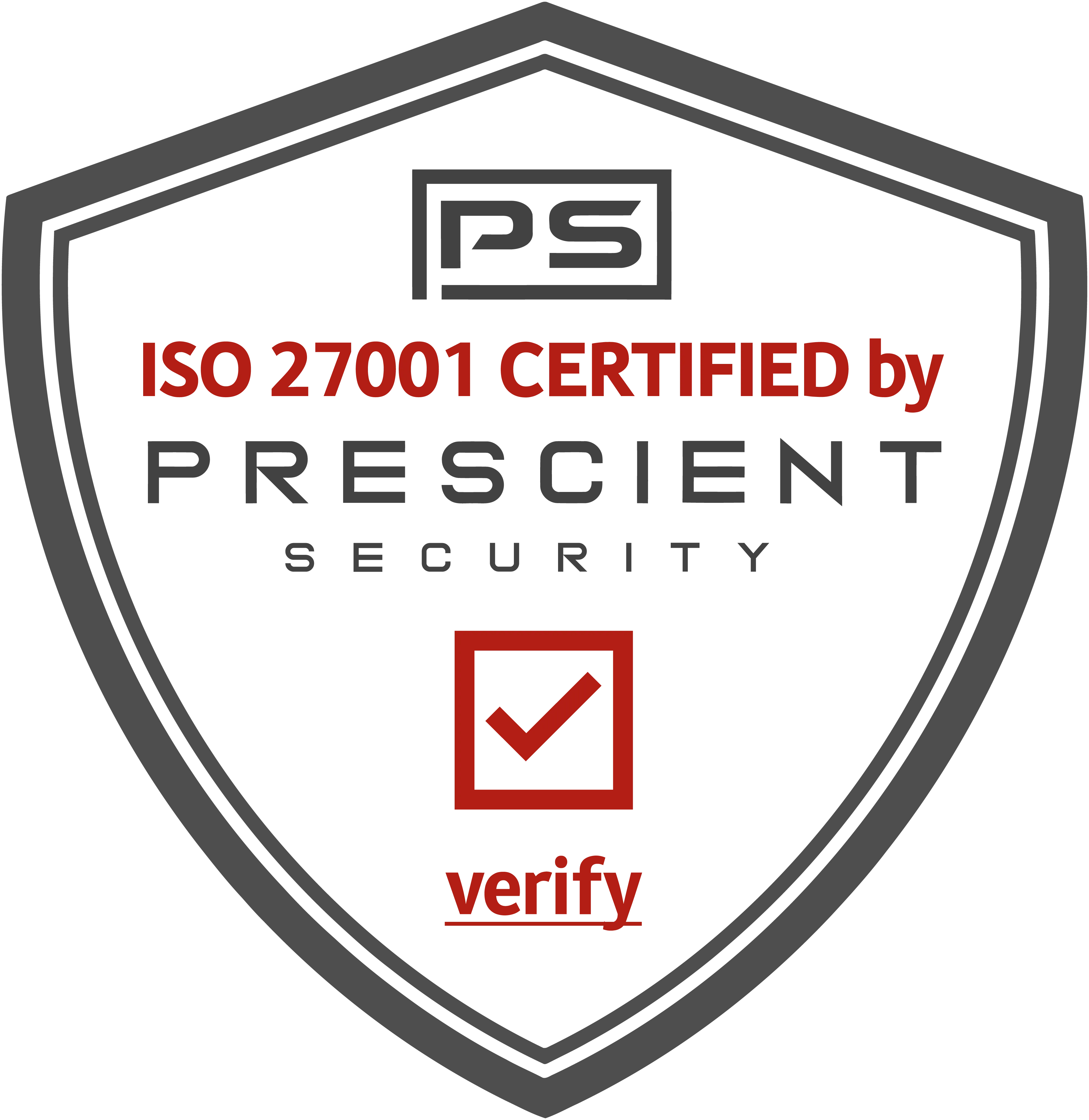
Hosting virtual events involves three stages of equal importance: pre-event planning, the execution of the event, and finally the post-event strategy. Post-event communication makes up one part of a well-rounded post-event strategy. It plays a pivotal role in maintaining momentum and ensuring your audience remains engaged long after the event concludes.
Post-event communication refers to the ongoing dialogue, outreach, and engagement with event attendees and potential leads once the event has wrapped up. It's more than just a good practice to follow; it's an essential strategic approach to nurturing relationships, reinforcing your brand’s presence, and continuing to deliver value.
Here we'll give an overview of what post-event communication is and how you can use it effectively to maintain the momentum generated by your virtual event. So, let’s delve into this vital part of your post-event strategy.
8 Creative Types of Post-Event Communication
For virtual events, in particular, post-event communication is your gateway to sustaining the momentum that your event generated. To ensure your attendees remain captivated, and excited about future events, explore these eight creative types of post-event communication possible:
- Thank You Emails: Show appreciation to your event attendees with personalized thank you emails. Express your gratitude for their participation and highlight key takeaways or highlights from the event. This not only nurtures existing relationships but also leaves a positive impression whilst keeping your event fresh in their mind.
- Sorry We Missed You Emails: For those who registered but couldn't attend, send emails acknowledging their interest. Offer them access to event content they missed, such as recorded sessions or presentation slides, and an exclusive early bird invite to your next event. This demonstrates your commitment to delivering value, regardless of attendance.
- Post-Event Page: Create a dedicated post-event page on your website, acting as a treasure trove of valuable content. Blend informative resources like event videos and presentation slides with fun content like event photos and sizzle reels. Attendees can revisit and relive the event, while others gain insights into what was covered. To maximize the value of this page, consider using a keyword generator to optimize it for search queries related to the event’s theme and increase the chances of reaching more potential attendees.
- Feedback Surveys: Send feedback surveys to attendees to gather insights and suggestions for improvement. Their input is invaluable for enhancing future events and shows your commitment to delivering a top-notch experience.
- Social Media Posts: Leverage social media to extend the event's reach with engaging content, such as infographics, attendee testimonials, and sizzle reels. Keep the buzz alive by posting about key event moments and encouraging attendees to share their experiences as well using event-related hashtags.
- Personalized Follow-up: Nurture potential leads with personalized follow-up messages from your sales or marketing teams. Tailor your outreach based on their engagement during the event, addressing their specific interests and needs. This one-on-one connection can increase the likelihood of conversion.
- Drip Event Content: Keep attendees engaged by sending them event-related content over several weeks. Share repurposed content, exclusive insights, bonus resources, or even AI generated voiceovers. This gradual approach establishes your position as an expert in the field while keeping your brand top of mind.
- Invite to Future Events: Extend an invitation to your next related event. Use your post-event communication to create anticipation and excitement for upcoming gatherings. Attendees who had a positive experience are more likely to attend future events and move further down the marketing funnel.
With these 8 types of post-event communication, you are well equipped to guarantee your virtual event continues to resonate long after the curtains close. But, how can you be sure your post-event communication is resonating well with your audience…
What Makes For Great Post-Event Communication
What makes post-event communication truly effective? How can you ensure your messages resonate with attendees long after the event has ended? Discover three strategies that can take your post-event communication from just alright to effective. Ensuring you get the most value out of them in terms of engaging your attendees and fostering long-lasting relationships.
- Timely Follow-Up: The first rule of effective post-event communication is to send out your communication promptly. Attendees are most engaged and eager to reconnect immediately (and up to 48 hours) after the event. Sending timely follow-ups shows your commitment and keeps the event and your brand fresh in their minds.
- Space Your Follow-Up: While quick follow-ups are essential, it's equally crucial not to overwhelm your attendees. Instead of bombarding them with all your content at once, space your post-event communication over several weeks or months. This approach keeps your brand consistently engaged without leaving a negative impression of your brand.
- Personalization: Tailor your post-event messages, particularly emails, to each attendee's interests, interactions, and preferences. Use data collected during the event to customize your content and recommendations. Personalization makes your communication more relevant and increases the likelihood of continued engagement.
- Diversify Your Communication: Diversify your post-event communication efforts by implementing a mix of strategies and communication formats. Different attendees prefer consuming information in different ways - some may prefer the personal touch of an email, while others fancy an impartial blog post recapping event highlights. By relying on multiple channels and forms of communication, you’re increasing the chances of effective communication for more attendees.
Effective post-event communication is the key to sustaining attendee engagement and nurturing valuable relationships. By following these three strategies, you can create a post-event communication plan that keeps your audience excited and engaged, ultimately leading to better attendance and participation in future events.




























